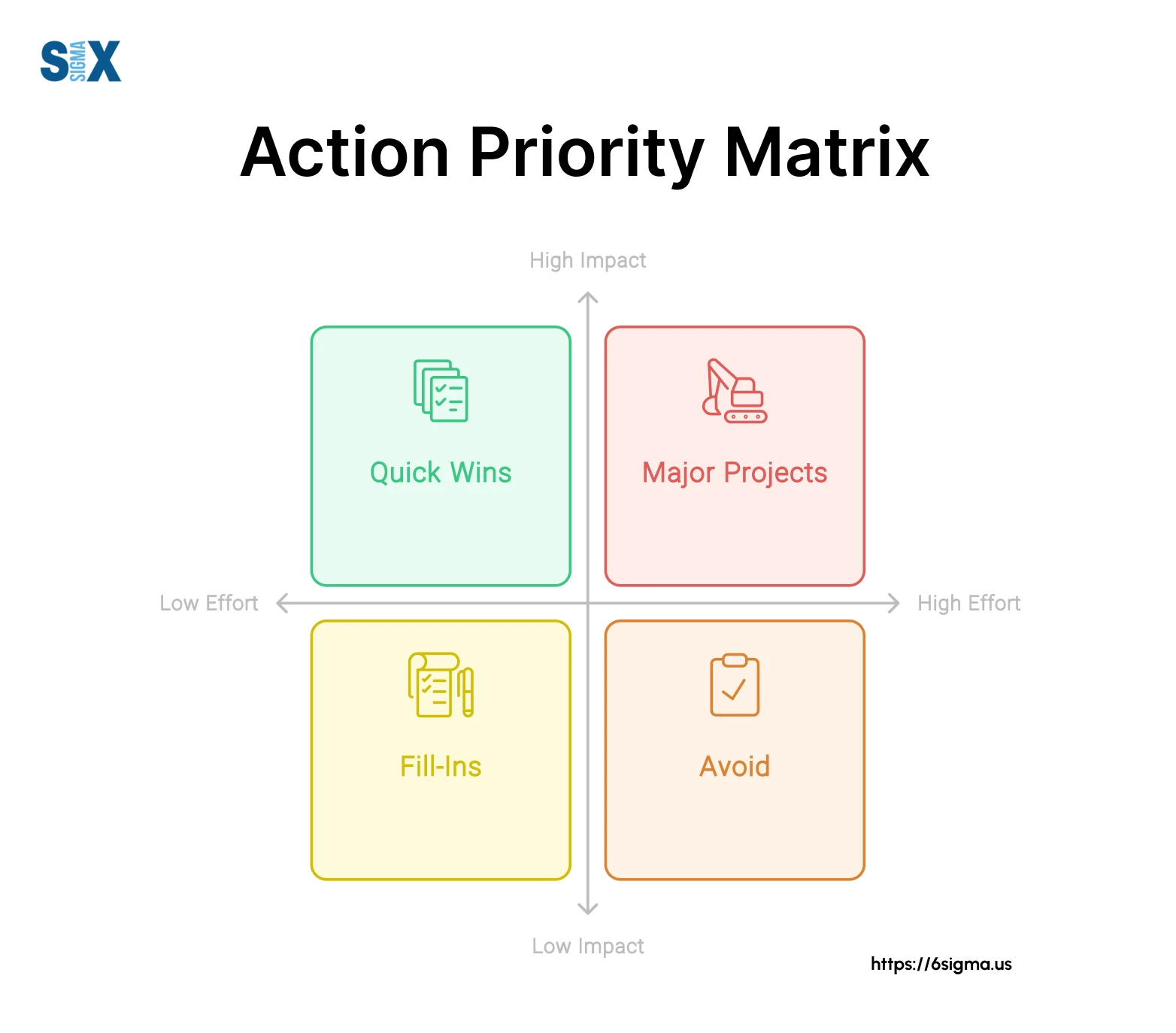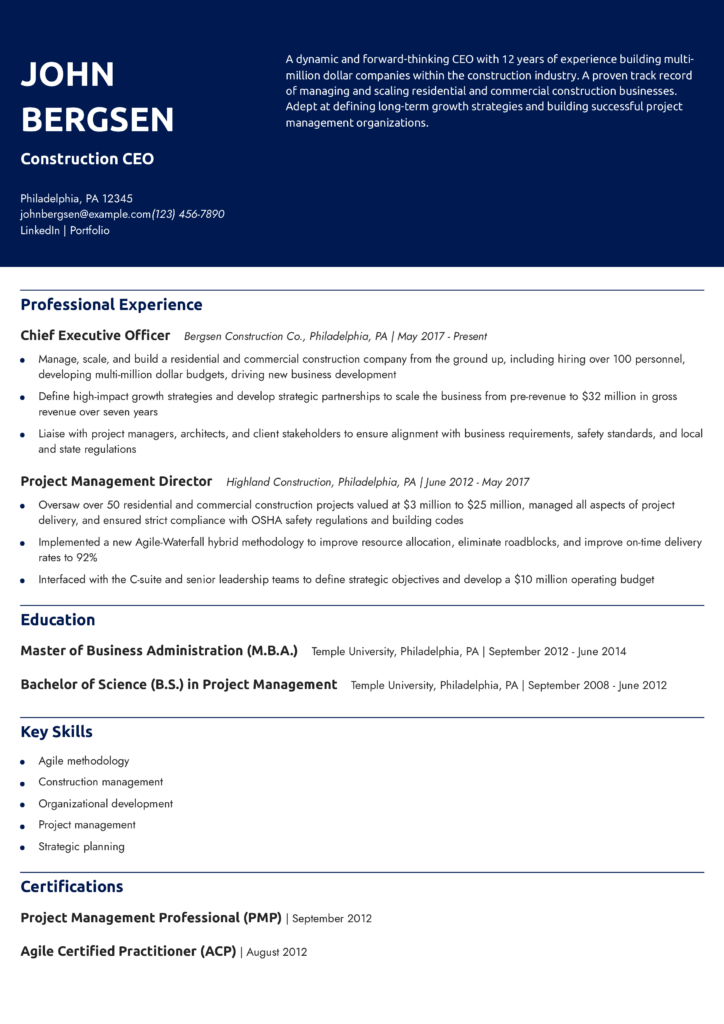Agile teams can help you complete projects on time. They can also improve the quality of your work. But how do you build agile teams?
This guide will show you how. Follow these steps to create a team that works well together. Your projects will be more successful.
Step 1: Understand Agile Principles
Before building an agile team, understand agile principles. Agile is a way of working. It focuses on flexibility and quick changes.
Here are some main principles of agile:
- Individuals and interactions over processes and tools
- Working software over comprehensive documentation
- Customer collaboration over contract negotiation
- Responding to change over following a plan
Step 2: Choose the Right People
The people on your team are important. Choose people who can work well together. Look for skills and qualities that fit your project needs.
Here are some qualities to look for:
- Good communication skills
- Flexibility and adaptability
- Problem-solving skills
- Teamwork and collaboration
Step 3: Define Roles and Responsibilities
Each team member should know their role. Clear roles help the team work better. Here are some common agile roles:
| Role | Responsibilities |
|---|---|
| Product Owner | Defines project goals, prioritizes tasks, and communicates with stakeholders |
| Scrum Master | Helps the team follow agile practices, removes obstacles, and facilitates meetings |
| Development Team | Creates and tests the product, collaborates on tasks, and delivers work in sprints |
Step 4: Foster a Collaborative Environment
Collaboration is key in agile teams. Encourage open communication and teamwork. Create an environment where everyone feels safe to share ideas.
Here are some tips:
- Hold regular meetings to discuss progress and challenges
- Encourage team members to ask for help when needed
- Use collaboration tools like Slack or Trello
Step 5: Hold Regular Meetings
Meetings help the team stay on track. They also help to address issues quickly. Here are some common agile meetings:
- Daily Stand-up: A short meeting to discuss progress and plans for the day
- Sprint Planning: A meeting to plan tasks for the next sprint
- Sprint Review: A meeting to review completed work and get feedback
- Sprint Retrospective: A meeting to discuss what went well and what can be improved
Step 6: Use Agile Tools
Agile tools can help your team stay organized. They can also help you track progress. Here are some popular agile tools:
- Jira: A tool for tracking tasks and progress
- Trello: A simple tool for organizing tasks
- Slack: A tool for team communication
- Asana: A tool for managing projects and tasks
Step 7: Focus on Continuous Improvement
Agile teams always look for ways to improve. They learn from their mistakes. They also look for ways to work more efficiently.
Here are some tips for continuous improvement:
- Hold regular retrospectives to discuss what went well and what can be improved
- Encourage team members to share feedback
- Look for ways to streamline processes and remove obstacles

Credit: www.6sigma.us
.jpg)
Credit: resume.io
Step 8: Adapt to Changes
Agile teams are flexible. They can adapt to changes quickly. This helps them stay on track even when things change.
Here are some tips for adapting to changes:
- Be open to feedback from stakeholders and customers
- Be willing to change your plans if needed
- Stay focused on the project goals
Frequently Asked Questions
What Is An Agile Team In Project Management?
An Agile team is a group that works collaboratively. They use Agile methods to deliver high-quality work quickly.
How Do Agile Teams Improve Project Management?
Agile teams improve project management by promoting flexibility. They adapt to changes and deliver small, incremental updates.
What Skills Are Essential For Agile Team Members?
Agile team members need strong communication, collaboration, and problem-solving skills. They must also be adaptable and proactive.
How Can You Form An Effective Agile Team?
To form an effective Agile team, choose diverse members. Ensure they have complementary skills and clear communication.
Conclusion
Building agile teams takes time and effort. But the results are worth it. Agile teams can help you complete projects on time. They can also improve the quality of your work.
Follow these steps to build an agile team. Understand agile principles. Choose the right people. Define roles and responsibilities. Foster a collaborative environment. Hold regular meetings. Use agile tools. Focus on continuous improvement. Adapt to changes.
Your agile team will be ready for high-impact project management.

